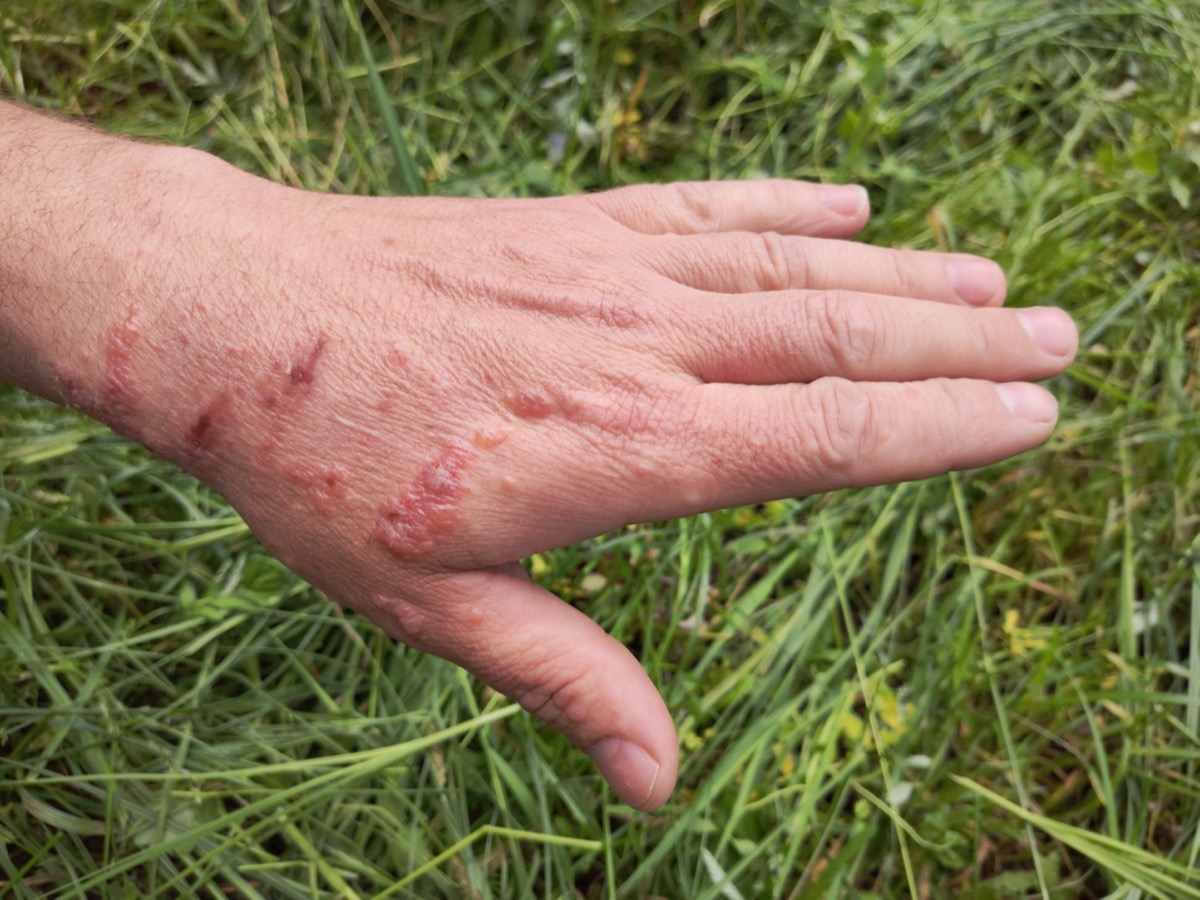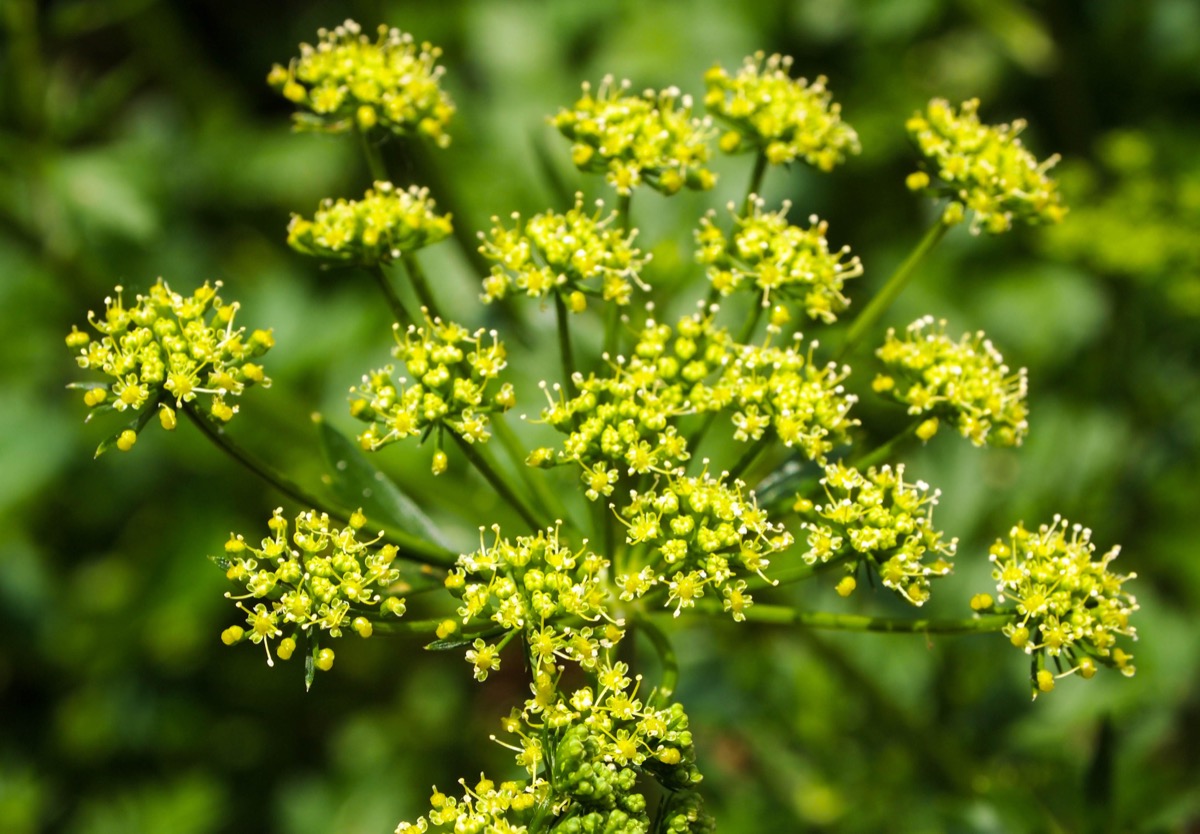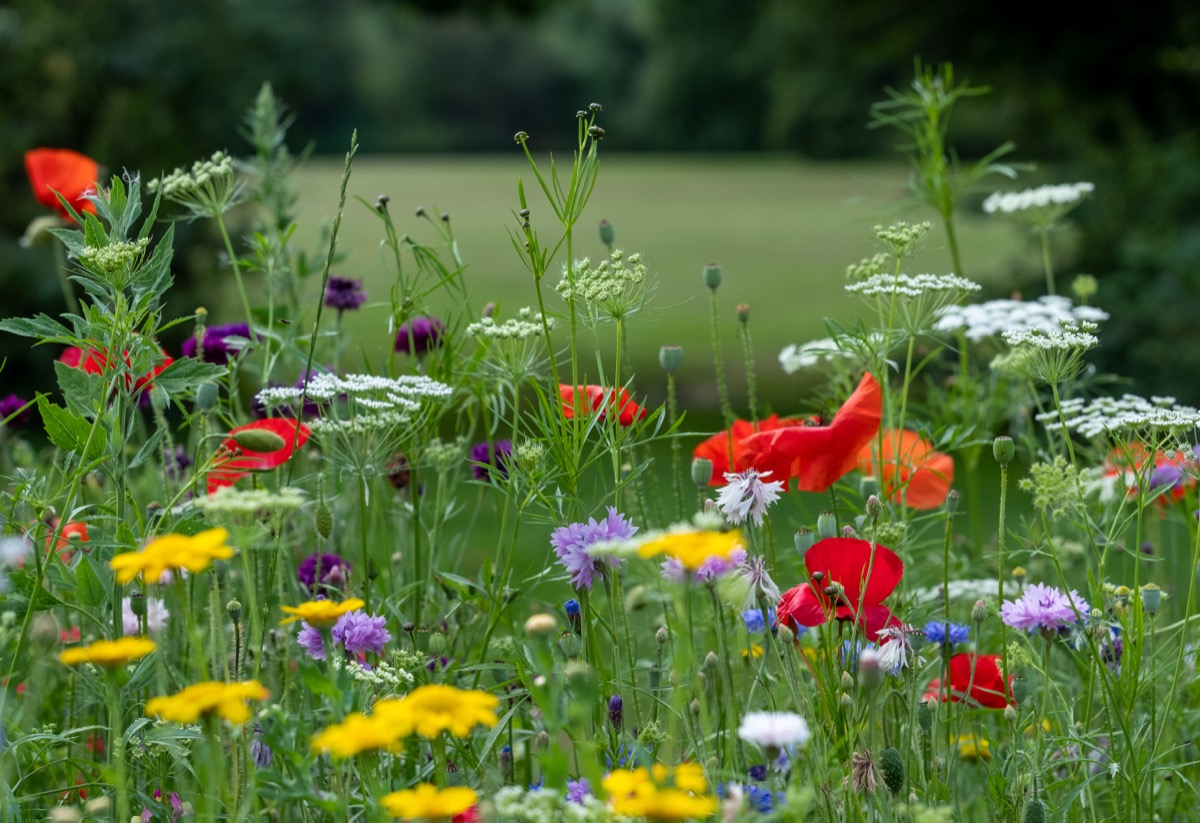Detail Author:
- Name : Mr. Deontae Hermiston Jr.
- Username : estefania75
- Email : oborer@hackett.com
- Birthdate : 1973-11-20
- Address : 603 Rubye Light Apt. 387 South Tyson, ID 20618-8994
- Phone : +1-678-565-6409
- Company : Ziemann, Schaefer and Feest
- Job : Home Entertainment Equipment Installer
- Bio : Et unde recusandae unde veritatis sed sunt. Quidem et adipisci sapiente nam. Rerum assumenda porro et. Reiciendis quidem aut nihil officia maxime omnis error.
Socials
facebook:
- url : https://facebook.com/quincy_xx
- username : quincy_xx
- bio : Omnis velit laudantium sed qui. Non magni distinctio voluptate similique.
- followers : 5877
- following : 981
linkedin:
- url : https://linkedin.com/in/quincy.crona
- username : quincy.crona
- bio : Sunt sint aut molestiae totam earum.
- followers : 5967
- following : 125
tiktok:
- url : https://tiktok.com/@quincy_crona
- username : quincy_crona
- bio : Ea non illo suscipit laboriosam et sed. Beatae quas id molestias modi.
- followers : 5051
- following : 359
Have you ever been out enjoying the sunshine, maybe doing a little yard work or just strolling through a field, and then, a day or so later, noticed some really angry-looking spots on your skin? It's a rather unsettling feeling, isn't it, when your skin starts to react in ways you don't expect? Well, sometimes, what looks like a strange rash or a bad sunburn could actually be something called a phytophotodermatitis, and in many places, wild parsnip is often the sneaky culprit behind these uncomfortable skin reactions. This plant, which looks a bit like dill or Queen Anne's Lace, holds a chemical secret that, when mixed with bright sunlight, can cause some pretty significant harm to your skin, almost like a burn.
These sorts of skin issues, you know, the ones that feel hot and sting, are a kind of tissue problem that happens when your skin comes into contact with something that's just too much for it to handle. We usually think of this happening from hot liquids or maybe a flame, but as a matter of fact, certain plants, like wild parsnip, can cause similar painful skin conditions. The plant has these natural chemicals, called furocoumarins, that make your skin super sensitive to light, so when the sun hits those spots where the plant sap touched you, it sets off a reaction that can be quite intense, sort of like a sunburn but often a lot worse.
Knowing what to look for and what steps to take if you come across this plant is really important for keeping your skin safe. It’s not always obvious that you’ve touched it, which is part of the challenge, but understanding how these plant-induced skin issues happen and what to do about them can make a big difference in how your skin feels and recovers. We'll talk about what these reactions look like, what you can do to help your skin feel better, and when it's a good idea to get some help from a healthcare professional for these particular skin issues from wild parsnip, too.
Table of Contents
- What Is Wild Parsnip, Anyway?
- How Do Wild Parsnip Burns Really Happen?
- What Do Wild Parsnip Burns Look and Feel Like?
- Are All Wild Parsnip Burns the Same Severity?
- What Can You Do If You Get Wild Parsnip Burns - First Aid Steps?
- When Should You Get Medical Help for Wild Parsnip Burns?
- How Can You Stay Safe from Wild Parsnip Burns?
- A Final Thought on Wild Parsnip Burns
What Is Wild Parsnip, Anyway?
Wild parsnip, which goes by the scientific name Pastinaca sativa, is a plant that you might find growing in fields, along roadsides, and in open areas, really. It’s not something you want to get too close to without knowing what it is. This plant can grow quite tall, sometimes reaching five feet or more, and it has these yellow, umbrella-shaped flower clusters that bloom usually in the summer months. Its leaves are somewhat fern-like, with little saw-toothed edges. It looks a bit like other harmless plants, which is part of why people sometimes get into trouble with it, you know. It’s actually related to carrots and parsley, but unlike those garden favorites, this wild cousin can cause some real skin problems if you're not careful. It’s a pretty common plant in many parts of the world, especially in North America, where it was brought over a long time ago and has since spread widely, so it's something many people might encounter without even realizing it's a potential hazard, especially if they’re just enjoying the outdoors.
How Do Wild Parsnip Burns Really Happen?
The way these skin issues from wild parsnip happen is a bit interesting, actually. It’s not like touching a hot stove or getting splashed with a strong acid. Instead, the plant has these special chemicals called furocoumarins in its sap, which is the fluid inside the plant. When this sap gets on your skin, it doesn't cause an immediate reaction, which is kind of tricky. The real problem starts when those chemicals on your skin are then exposed to sunlight, especially ultraviolet light. It’s a process called phytophotodermatitis, which just means a skin reaction caused by a plant and light. The furocoumarins soak up the sun's energy, and this energy then damages your skin cells, leading to what looks and feels very much like a burn. So, you might brush against the plant in the morning, feel nothing, and then later in the day, after spending time in the sun, you start to notice the skin getting red and feeling uncomfortable. It’s a delayed reaction, which can make it hard to figure out what caused the problem in the first place, very often.
What Do Wild Parsnip Burns Look and Feel Like?
When you get skin problems from wild parsnip, the signs can show up anywhere from 24 to 48 hours after your skin has touched the plant sap and then been in the sun. The first thing you might notice is that your skin starts to get red and feel hot, almost like a really bad sunburn. Then, over the next day or so, you might see blisters start to form on the affected areas. These blisters can be small or quite large, and they might even join together to form bigger fluid-filled pockets on your skin. They can be pretty painful, and the area around them might swell up a little bit, too. The severity of these skin issues can vary a lot, depending on how much sap got on your skin and how much sun exposure you had. After the blisters eventually go away and the skin starts to mend, you might be left with a dark spot or patch on your skin where the reaction happened. This discoloration, which is called hyperpigmentation, can last for weeks, months, or even longer, which is a bit of a nuisance. It’s a good reminder that even after the immediate discomfort is gone, the skin still needs time to fully recover.
Are All Wild Parsnip Burns the Same Severity?
Just like other kinds of skin damage, not all wild parsnip reactions are the same in terms of how serious they are. Some people might only get a mild redness and a little bit of itching, which could be thought of as a very mild, first-degree type of skin irritation. These are the kind that typically affect just the outer layer of your skin, the epidermis, and they usually get better pretty quickly, perhaps within a couple of weeks, with some simple care at home. However, if you get a lot of the plant sap on your skin and spend a good amount of time in bright sunlight, you could end up with more serious issues, like second-degree problems. These affect deeper layers of the skin and cause those fluid-filled blisters we talked about, along with more pain and swelling. These more significant skin problems might take a bit longer to mend and could leave behind those noticeable dark spots. While it's quite rare, very severe exposure could, in theory, lead to reactions that are even deeper, causing more widespread harm, but this is not the typical outcome for wild parsnip contact. The extent of the issue really depends on the amount of plant sap and the intensity of the sun, basically.
What Can You Do If You Get Wild Parsnip Burns - First Aid Steps?
If you think you might have gotten wild parsnip sap on your skin, or if you start to see those early signs of redness and discomfort, there are some things you can do to help your skin. The very first thing to do, and this is really important, is to wash the affected area thoroughly with soap and water as soon as you can. This helps to get rid of any remaining plant sap from your skin. Then, try to keep the affected skin out of the sun for at least 48 hours, or even longer if you can manage it, to stop the reaction from getting worse. For those milder skin issues, applying cool, damp cloths or taking a cool bath can help ease the discomfort, which is often a good first step. You might also find some relief from over-the-counter creams that help with itching or mild skin irritation. If blisters form, it's generally a good idea not to pop them, as the skin over the blister acts like a natural bandage, keeping the area clean and helping it to mend. Keeping the area clean and covered with a loose, clean dressing can also help prevent further problems. Remember that, even if it seems like a small thing, taking these steps early can make a real difference in how your skin feels and how quickly it gets better, so it's almost always worth doing.
When Should You Get Medical Help for Wild Parsnip Burns?
While many of these skin reactions from wild parsnip can be handled at home with a little care, there are times when it's really important to get a healthcare professional to look at your skin. For example, if the affected area is very large, covering a big part of your body, or if the blisters are very big and painful, you should definitely seek medical advice. If the reaction is on a sensitive area, like your face, especially near your eyes, or on your genitals, that’s another time to get help quickly, too. Any skin issue that causes a lot of pain, or if you see signs of infection like pus, increasing redness, or a fever, means you need to get it checked out right away. Similarly, if the skin problems don't seem to be getting better after a few days, or if they seem to be getting worse despite your home care efforts, it’s a good idea to talk to someone who can offer more specific treatment. Healthcare professionals can assess the extent of the harm and suggest stronger creams or other treatments to help your skin recover and to prevent any lasting issues. It’s always better to be safe when it comes to your skin, you know.
How Can You Stay Safe from Wild Parsnip Burns?
The best way to deal with skin issues from wild parsnip is to try and avoid them in the first place, obviously. Knowing what the plant looks like is a big first step. If you're going to be in areas where wild parsnip might be growing, like fields, ditches, or along paths, it’s really a good idea to wear protective clothing. This means long pants, long-sleeved shirts, gloves, and even closed-toe shoes. This creates a physical barrier between your skin and the plant's sap. If you need to remove wild parsnip from your yard or garden, do it on a cloudy day, if possible, or after dusk, when the sun's ultraviolet rays are not as strong. Always wear protective gear when handling the plant, and be careful not to get the sap on your skin or clothes. If you do get sap on your clothes, wash them right away, separate from other laundry, just to be on the safe side. After you've finished working with the plant, make sure to wash your hands and any exposed skin thoroughly with soap and water. Being aware of your surroundings and taking these simple precautions can help you enjoy the outdoors without the worry of getting those uncomfortable skin problems from wild parsnip, which is really what we want.
A Final Thought on Wild Parsnip Burns
So, we've talked about how wild parsnip, a common plant that looks a bit like a giant dill, can cause some pretty uncomfortable skin issues, especially when its sap mixes with sunlight. We covered how these reactions are a type of chemical skin problem, making your skin very sensitive to light, and how they can look like red patches and even big blisters. We also went over what you can do right away if you think you’ve been exposed, like washing the area and keeping it out of the sun. Plus, we discussed when it’s a good idea to get a healthcare professional to take a look, especially if the problem is severe or not getting better. And, of course, the best way to stay safe is to know what the plant looks like and to wear protective clothing when you’re in areas where it might be growing. It’s all about being a little prepared and knowing how to react to keep your skin feeling good and healthy, so, you know, it’s not too hard to manage once you have the information.
- Samantha Irvin Ricochet
- Frozen Movie Images
- Sanrio Squishmallow
- Alyssa Scott Nick Cannon
- Qaadir And Naazir Lewis


